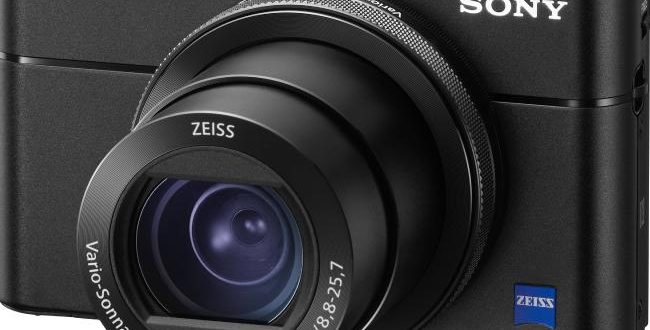Sony has a question for us — what is a compact camera? Is it a camera “compact” in size, portable and pocketable; or “compact” in nature, a cut-down powerhouse? With its RX100 V, and RX10 III, Sony is giving us two different answers.
The RX100 exemplifies the virtues of the traditional compact camera. The easily pocketable design makes for a perfect travel companion that’s ready to shoot just moments after pressing the power button. Although the 3x zoom and tiny body limit your shooting options, the excellent portability makes it the perfect point and shoot.
The RX10, on the other hand, is the antithesis to compact expectations. It’s bulky, stumpy and heavy — design features that require a carry bag while on tour. It’s slow to turn on, often taking up to 10 seconds to get ready to shoot. Once you’re set up, however, the 25x mega-zoom gives you a tonne of creative options.
The two cameras have a lot in common — a 20.1MP 1” sensor, with great-looking 4K video and easy transfers of images to your smartphone, but with disappointing battery life and missing touch screens.
Pocketable power
When playing with the RX100, it’s easy to forget that it’s a camera with high-end creative options. The camera weighs just under 300 grams and has a bright LCD monitor on the back, so using it as a point-and-shoot is a dream. The pop-out viewfinder in manual mode turns the RX100 into a portable creative workhorse. Although ISO, aperture and shutter speed are just a few button presses and wheel turns away, the diminutive controls and lack of touchscreen makes for a frustrating experience — pushing me into using the camera as a point-and-shoot.
Video in compact cameras doesn’t often interest me, but while testing the RX100 I frequently found myself pressing the dedicated video recording button. The results were impressive, showcasing good video stabilisation, great continuous autofocus and clean and sharp 4k video.
As a portable compact camera, the RX100 is nearly perfect, as long as you keep things simple. At $1295, it is expensive for a point and shoot, but its manual potential and pocketable design makes it a good high-end travel camera.
Super Zoom
The RX10 III’s 25x zoom is a unique feature in a “compact” body. Even on high-end DSLR cameras, a zoom like this is an expensive rarity.
For enthusiastic wildlife photographers the RX10 might be a godsend — a relatively light body means you can shoot without a tripod, and the modestly sized body when closed makes for exceptional portability. The option to zoom is great for flexibility, but the 600mm full-frame equivalent is well out of the range of normal use.
In practice, the large zoom range actually becomes a hindrance, due to the slow electric motor that drives the lens zoom. Although there’s a digital zoom ring on the front of the camera, it’s no faster or more responsive than the zoom switch on the front of the camera.
The motorised zoom also makes the camera feel unresponsive — there’s a slight delay between hitting the zoom switch and seeing the camera respond. When turned off it also takes its time in folding back up — sometimes upwards of 30 seconds to finally close.
Towards the lower end of its zoom range, the RX10 does a great job of quickly finding focus, but at 25x zoom I found it frequently hunting, too often requiring manual control and leaving me doubting its potential as a sport camera.
The RX10 is a camera with an identity crisis.
It’s for the photographer who wants it all, but with the irony of losing access to interchangeable lenses, while lacking the fast, tactile response pros demand and need.
At $2299, the RX10 III is too expensive for aspirant photographers, but wildlife photographers looking for a (relatively) cheap long zoom might find the proposition more satisfying.
Reader comments on this site are moderated before publication to promote lively and civil debate. We encourage your comments but submitting one does not guarantee publication. We publish hundreds of comments daily, and if a comment is rejected it is likely because it does not meet with our comment guidelines, which you can read here. No correspondence will be entered into if a comment is declined.





